

This provides a timeline of events related to ultraviolet radiation from both a living world and a physical world perspective. 900 BC–500 AD – Ancient Greek and Roman women lighten their skin ...
READ MORE
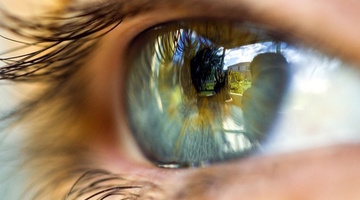
If there is no light, there is no sight – explore our resources and learn more about the basics of light, how we see and how we perceive the world around us. The research work of three scientists ...
READ MORE

Reflection is when light bounces off an object. If the surface is smooth and shiny, like glass, water or polished metal, the light will reflect at the same angle as it hit the surface. This is ...
READ MORE
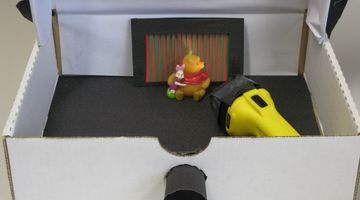
In this activity, students investigate specular and diffuse reflection by looking into a dark box and shining a torch at various objects, coloured paper and a mirror. By the end of this activity ...
READ MORE
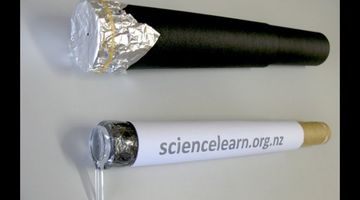
In this activity, students make a pinhole camera and see images formed on an internal screen. They then use a lens and see brighter and sharper images. This models the human eye. By the end of ...
READ MORE
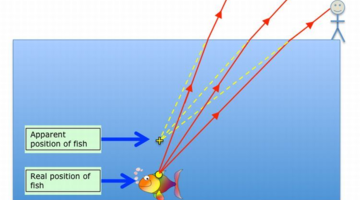
In this activity, students aim spears at a model of a fish in a container of water. When they move their spears towards the fish, they miss! This activity investigates refraction. By the end of ...
READ MORE

Search data from NASA’s Kepler spacecraft for the dips in star light intensity caused by exoplanets – planets that orbit stars other than the Sun. As these exoplanets pass between the star and ...
READ MORE
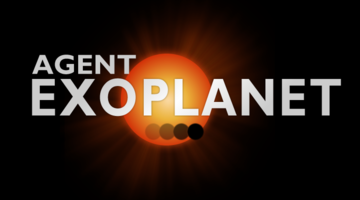
Help astronomers at Las Cumbres Observatory, California, study exoplanets – planets that orbit stars other than our Sun. Do this by interpreting images taken by their telescopes in Hawaii ...
READ MORE
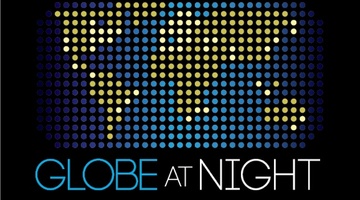
Globe at Night is an international citizen science campaign to raise public awareness of the impact of light pollution by inviting citizen scientists to measure and submit their night sky ...
READ MORE

Why is the sky blue? Why do stars twinkle? Why did the apple fall to the ground? What happens if I hit this rock with another rock? As humans, we’re curious, and throughout history, we’ve ...
READ MORE
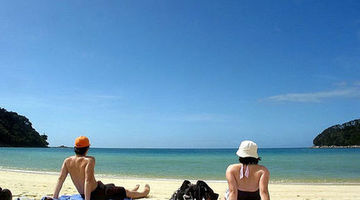
The hole in the layer is a problem for all New Zealanders because it allows greater levels of potentially harmful UV rays to enter the atmosphere. These rays have been found to increase the risk ...
READ MORE

Teacher Matt Boucher incorporated online citizen science projects Planet Hunters and Agent Exoplanet in a year 7/8 unit on light. Here, he reflects on what he and his students learned. Rights ...
READ MORE
Robert Hooke's diagrams of cork cells started a frenzy of activity that produced some beautiful first pictures of cells from all sorts of organisms. Here, Nobel prize winner, Sir Paul Nurse ...
READ MORE
What does 'cell theory' really mean? Plant cells and unicellular organisms had been observed in the 17th century, but another century was passing before they would be seen in animals. From about ...
READ MORE
The Dobson spectrophotometer at Lauder in Central Otago is a key ozone-measuring instrument used by NIWA and is part of a global network of similar instruments.
READ MORE
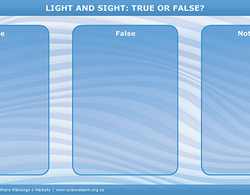
Use this interactive graphic organiser to help highlight some common alternative conceptions about light and sight. Place each label where you think it belongs. This activity can be done ...
READ MORE
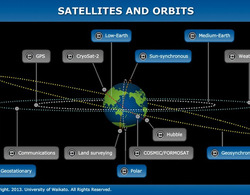
The size, orbit and design of a satellite depend on its purpose. In this interactive, scientists discuss the functions of various satellites and orbits. Accompanying fact files provide ...
READ MORE

This timeline lets you see aspects of Joan's life and work, and how these fit into a wider science picture of paleontology. A full transcript is underneath.
READ MORE